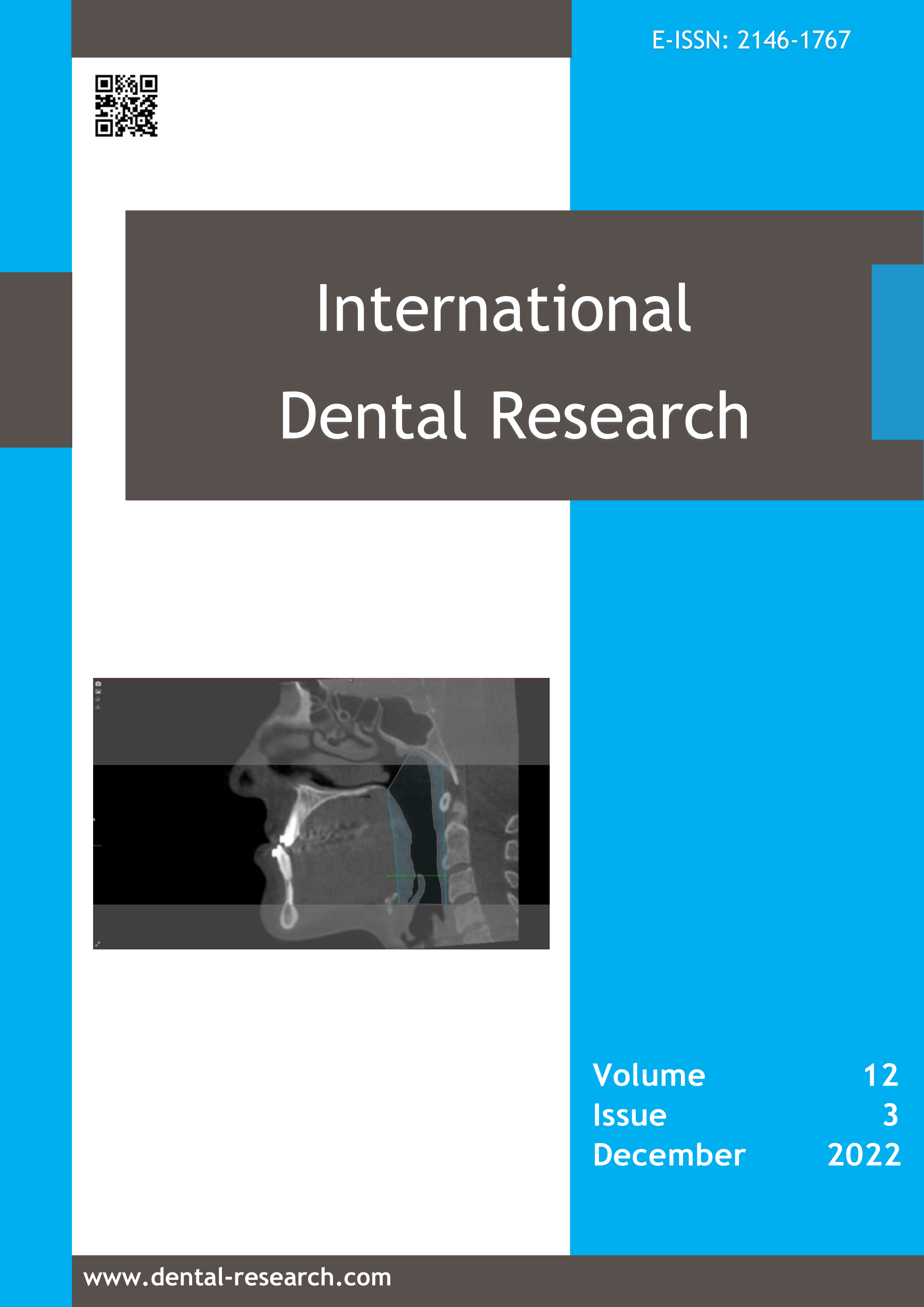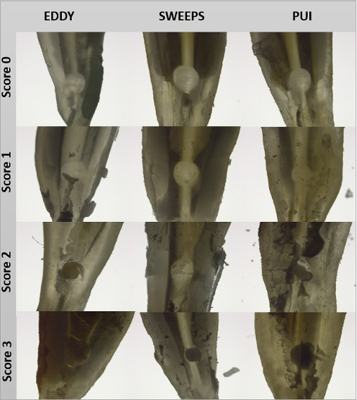Evaluating the radiographic results of apexification treatment in children
Abstract
Aim: This retrospective study aimed to evaluate the radiographic success of apexification treatments applied with different materials and techniques.
Methodology: Periapical radiographs of 224 maxillary incisors in patients between 6 and 12 years of age who had undergone apexification treatment at the Dicle University, Faculty of Dentistry, Department of Pediatric Dentistry were retrospectively examined. Each apex was scored using the periapical index (PAI) on X-rays obtained at 12 months of follow-up after treatment, and the presence or absence of the apical barrier was evaluated. The Kruskal–Wallis H, Mann–Whitney U, and chi-square tests were used for the statistical analysis (p < 0.05).
Results: In the maxillary incisors, apexification was most commonly performed on the maxillary right central teeth (74.11%). The cause for this treatment was trauma in 97.77% of the patients. Enlargement in the periodontal space (95.98%), the presence of lesions (60.71%), loss of lamina dura (54.46%), and external resorption (43.75%) were observed. At 12 months of follow-up after treatment, apical closure (87.95%) was observed in all teeth with open apexes, and the ratio of patients with a PAI of < 2 was 89.35% for calcium hydroxide (CH) apexification and 92.73% for mineral trioxide aggregate (MTA) apexification.
Conclusion: The radiographic success of apexification treatments with CH and MTA was found to be high in 224 immature upper incisors.
How to cite this article:
Akleyin E, Polat Y, Harman EB, Çelenk S. Evaluating the radiographic results of apexification treatment in children. Int Dent Res 2022;12(3):158-64. https://doi.org/10.5577/intdentres.2022.vol12.no3.8
Linguistic Revision: The English in this manuscript has been checked by at least two professional editors, both native speakers of English.
Full text article
Authors
Copyright © 2022 International Dental Research

This work is licensed under a Creative Commons Attribution-NonCommercial-NoDerivatives 4.0 International License.
This is an Open Access article distributed under the terms of the Creative Commons Attribution 4.0 International License (CC BY 4.0), which permits unrestricted use, distribution, and reproduction in any medium, provided the original work is properly cited.


